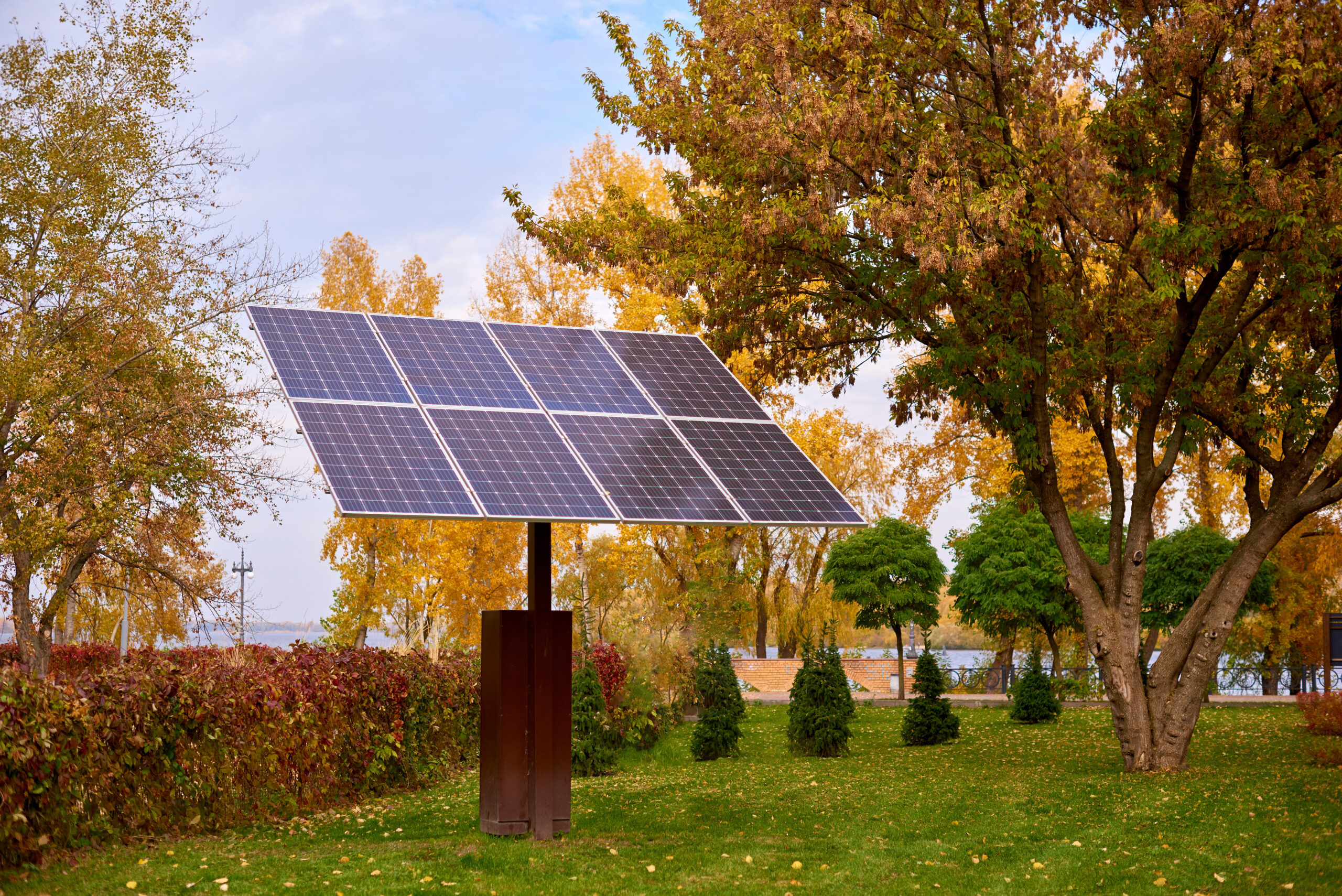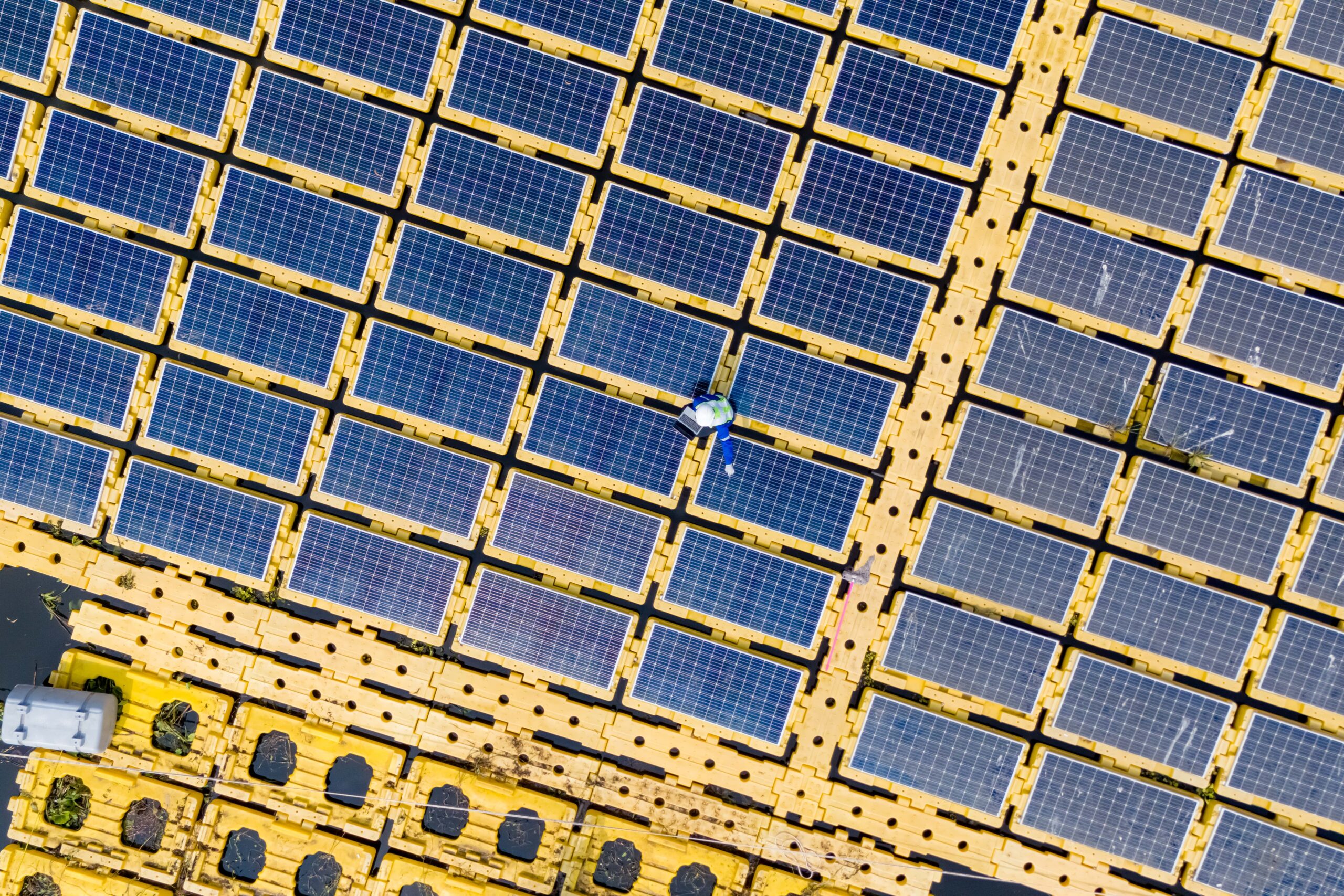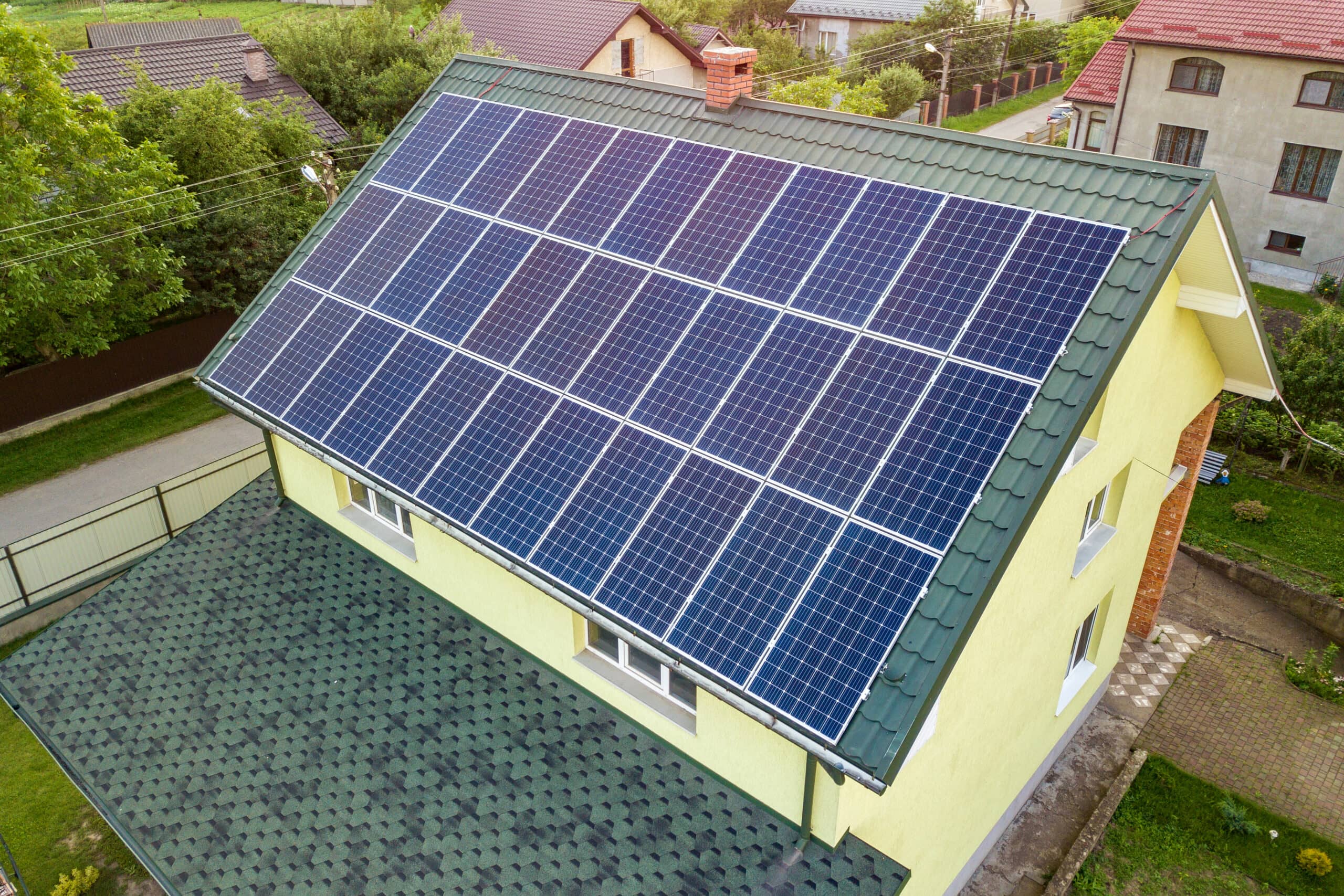Solar energy is becoming increasingly popular due to its renewable nature and sustainability. Understanding the factors that influence the performance of solar systems is crucial for maximizing their efficiency. Shading and panel failure are significant challenges that can impact the effectiveness of solar systems. To optimize their performance, it’s essential to explore how these issues affect various types of solar systems.
Shading plays a pivotal role in determining the efficiency and output of solar panels. Shading occurs when external elements like trees, buildings, or even dust obstruct sunlight from reaching the panels, diminishing their ability to convert sunlight into electricity. This reduction in sunlight exposure directly impacts the overall performance of the solar system.
Partial shading occurs when only a portion of the panel is shaded, leading to uneven energy generation across the panel surface. On the other hand, complete shading covers the panel, rendering it inactive and unable to generate electricity. Understanding the nuances of shading and its impact on solar systems is essential for designing and operating efficient solar energy systems.
By examining the effects of shading on different types of solar systems, we can gain insights into how to mitigate these challenges and optimize the performance of solar installations. The interplay between shading and panel failure is crucial to ensuring solar energy systems’ long-term sustainability and effectiveness.
When it comes to the impact of shading on different types of solar systems, let’s explore how shading affects monocrystalline solar panels specifically.
Monocrystalline panels are known for their high efficiency and sleek appearance. However, they are susceptible to shading due to their specific cell arrangement and high efficiency levels.
When a small portion of a monocrystalline panel is shaded, it can lead to significant performance losses across the entire panel. To mitigate these losses, one common strategy is the use of bypass diodes. These diodes help to reroute the flow of electricity around shaded areas, allowing the rest of the panel to continue generating power efficiently.
Polycrystalline panels are known for their cost-effectiveness and widespread use in the solar industry. Unlike monocrystalline panels, polycrystalline panels have a lower efficiency but are more budget-friendly.
Due to their lower efficiency levels, polycrystalline panels are generally less sensitive to shading than monocrystalline panels. However, shading can still have a noticeable impact on their performance, leading to typical energy losses across the panel surface.
One effective solution to address shading issues with polycrystalline panels is the use of microinverters. Microinverters optimize the energy output of each panel individually, reducing the overall impact of shading on the entire system. By incorporating microinverters, solar systems utilizing polycrystalline panels can mitigate performance losses caused by shading and improve overall energy generation efficiency.
Continuing our exploration of solar panels, let’s shift our focus to thin-film solar panels. Thin-film technology offers a unique advantage in terms of flexibility, making it suitable for various applications such as buildings and flexible surfaces. These panels have a lower efficiency than crystalline panels but excel in partial shading conditions.
Thin-film solar panels are less affected by shading than monocrystalline and polycrystalline panels. Their ability to perform better in partial shading conditions makes them ideal for environments where shading is more prevalent. This characteristic allows thin-film panels to continue generating electricity even when parts of the panel are shaded, ensuring a more consistent energy output.
Due to their flexibility and shading tolerance, thin-film solar panels are commonly used in applications where traditional rigid panels may not be suitable. They are often integrated into building materials or used on curved or irregular surfaces, expanding the possibilities for solar energy generation in various settings.
When considering the three main types of solar panels—monocrystalline, polycrystalline, and thin-film—each type offers unique advantages and considerations. Monocrystalline panels are known for their high efficiency, making them ideal for limited-space installations. Polycrystalline panels, on the other hand, are more cost-effective but slightly less efficient.
Thin-film panels are flexible and perform better in partial shading conditions. Understanding the characteristics and performance of each type of solar panel is essential for selecting the most suitable option based on specific project requirements and environmental factors. Whether prioritizing efficiency, cost-effectiveness, or flexibility, a solar panel type can meet various needs and applications. By leveraging the strengths of each panel type, individuals and businesses can harness the power of solar energy effectively and sustainably.
Continuing our journey into the world of solar panels, let’s examine a critical aspect: panel failure in solar systems. Panel failure can encompass various issues such as microcracks, delamination, and hotspots, each with implications for the performance and longevity of the solar panels.
Microcracks are tiny fractures that can develop in the solar panel’s cells over time, potentially reducing the panel’s efficiency and power output. Delamination refers to separating layers within the panel, which can lead to moisture ingress and decreased performance. Hotspots occur when localized areas of the panel become significantly hotter than the rest, potentially damaging the cells and affecting overall panel efficiency.
The causes of panel failure can be multifaceted, ranging from manufacturing defects to physical damage and environmental factors. Manufacturing defects such as poor soldering or material quality issues can compromise the panel’s performance from the outset. Physical damage from mishandling during installation or extreme weather conditions can also contribute to panel failure. Environmental factors like exposure to moisture, temperature fluctuations, and UV radiation can degrade panel materials over time, leading to performance issues and potential failure.
By understanding the types of panel failure and their underlying causes, solar system owners and installers can take proactive measures to mitigate risks and ensure the longevity and efficiency of their solar panels. Regular maintenance, proper installation techniques, and monitoring for early signs of failure can help address potential issues before they escalate.
When panel failure occurs in different types of solar systems, the effects can vary based on the system’s design. Let’s explore the impacts on centralized, microinverter, and string inverter systems.
In centralized inverter systems, where multiple solar panels are connected to a single inverter, panel failure can have significant consequences. If a panel in the array fails, it can lead to a drop in the overall system’s performance. Since all panels are connected to the same inverter, the output of the entire system may be affected by the underperformance of a single panel. This setup makes it crucial to promptly identify and address panel failures to maintain optimal system efficiency.
Each solar panel is paired with its own microinverter, allowing for independent operation of each panel. When panel failure occurs in a microinverter system, the impact is localized to the specific panel experiencing issues. Other panels in the system can continue to operate efficiently, minimizing the overall performance loss compared to centralized systems.
String inverter systems connect multiple solar panels in series to a single inverter. In these systems, if a panel in a series (string) fails, it can affect the performance of all panels in that string. This setup makes string inverter systems susceptible to reduced output when a single panel fails. Regular monitoring and maintenance are essential to detect and address panel failures in string inverter systems to prevent significant drops in system efficiency.
Several effective mitigation strategies can be employed to deal with shading and panel failure in solar systems.
Bypass diodes are components integrated into solar panels to manage shading effects. When a solar cell is shaded, it can act as a resistor, reducing the current flow. Bypass diodes help mitigate this by providing an alternate path for the current to bypass the shaded cell, ensuring the overall system’s performance is less affected by shading.
Power optimizers work similarly to bypass diodes but with added functionality. They optimize the power output of each panel by performing maximum power point tracking (MPPT) at the individual panel level. This allows for better performance in shaded conditions and helps prevent overall system efficiency losses due to shading.
Microinverters are installed on each panel, converting the DC power generated by the panel directly into AC power. This setup allows each panel to operate independently, enhancing system performance in shaded conditions and reducing the impact of panel failures on the entire system.
String optimizers are similar to microinverters but operate at the string level. They optimize the power output of a string of panels, providing some of the benefits of microinverters while simplifying installation and maintenance.
Regular cleaning and inspections are crucial for preventing shading issues and detecting early signs of panel failure. Dust, dirt, or debris on panels can reduce their efficiency, while regular inspections can help identify and address potential panel issues before they escalate, ensuring optimal system performance.
Strategic placement and design of solar panels are essential for minimizing shading effects. By considering the sun’s path throughout the day and year, panels can be positioned to receive maximum sunlight exposure. Additionally, factors like nearby structures, trees, or obstructions should be considered to avoid shading that could impact system performance.
Employing technologies like bypass diodes, power optimizers, microinverters, string optimizers, maintenance practices, and strategic placement can effectively mitigate shading and panel failure issues, ensuring optimal performance and longevity of solar systems.
Understanding and addressing shading and panel failure issues is crucial to optimizing solar system performance. By implementing appropriate mitigation strategies and maintenance practices, the impact of these factors can be minimized, ensuring consistent and efficient energy production.
Choosing the right technology, such as bypass diodes, power optimizers, microinverters, and string optimizers, can significantly enhance solar systems’ resilience against shading and panel failures. Additionally, Occasional maintenance, including cleaning and inspections, is vital in detecting issues early and maintaining system efficiency over time. By combining the right technology with diligent maintenance practices, solar system owners can ensure their system’s longevity and optimal performance.




